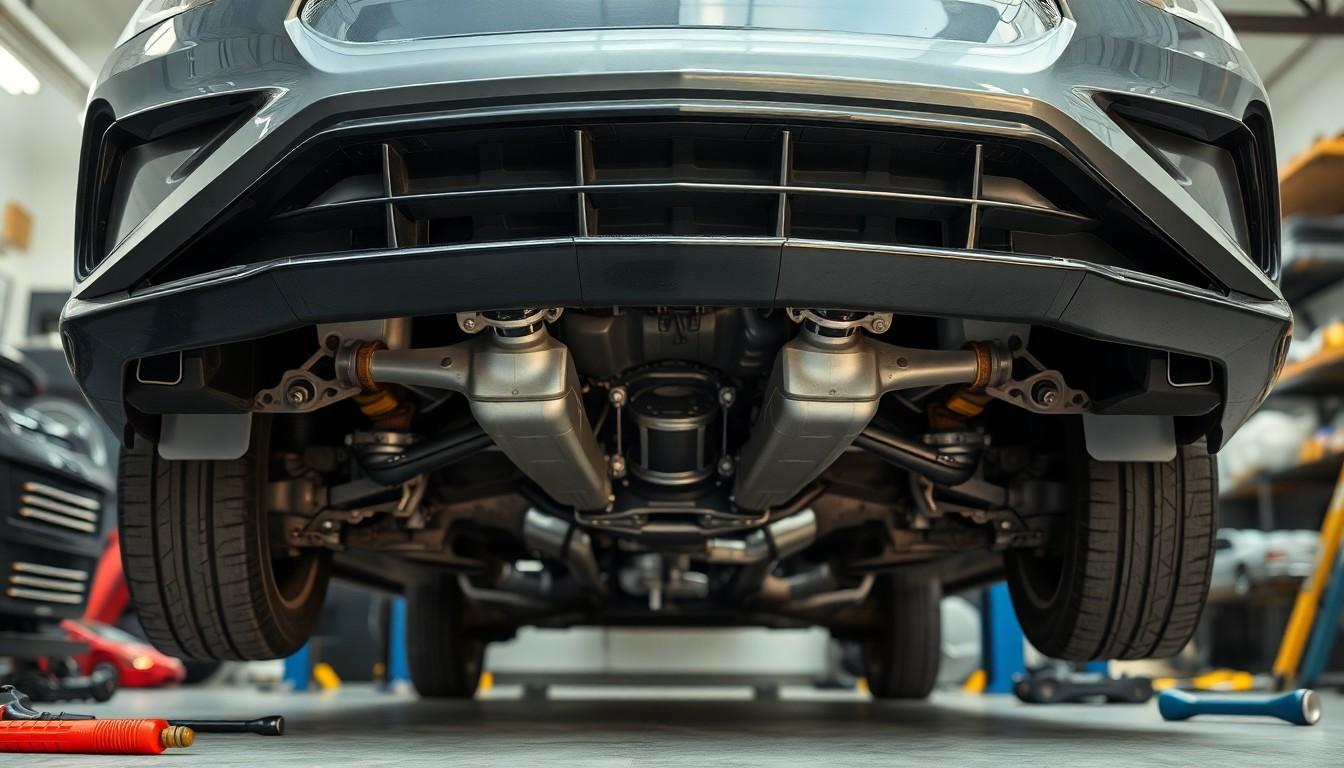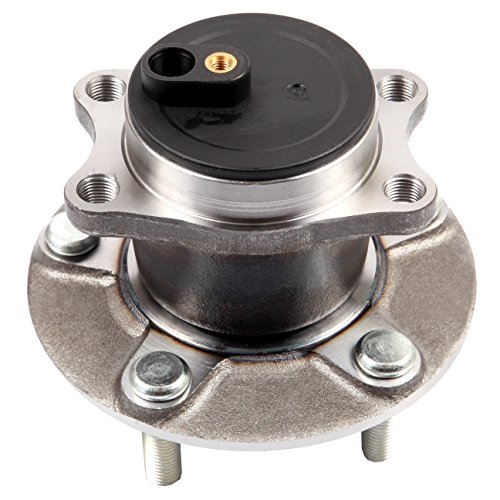Ever wondered how many axles your car has while driving down the highway? You’re not alone! Many vehicle owners don’t give much thought to these crucial components until something goes wrong. Yet understanding your car’s axle system is essential for proper maintenance and troubleshooting.
We’ll explore everything you need to know about car axles in this comprehensive guide. From standard passenger vehicles to specialized automobiles, we’ll break down the typical number of axles, their functions, and why they matter for your vehicle’s performance. Whether you’re a car enthusiast or simply trying to understand your vehicle better, this information will help you become more knowledgeable about what’s happening beneath your car.
Understanding Car Axles: The Basics
Car axles serve as critical components in vehicles, connecting the wheels and supporting the weight of the car while enabling rotation. These steel rods transfer power from the transmission to the wheels, allowing your vehicle to move forward or backward. Every passenger vehicle on the road today relies on axles to function properly.
The design of axles has evolved significantly over time. Modern cars typically use two distinct types: live axles and dead axles. Live axles actively transmit power from the engine to the wheels, creating the torque needed for movement. Dead axles, in contrast, don’t transmit power but instead support weight and maintain wheel alignment.
Front axles require particular engineering attention because they handle steering mechanisms plus to supporting weight. These components must withstand various forces while maintaining precise wheel alignment. Rear axles generally focus on power delivery in rear-wheel and all-wheel drive vehicles, transferring torque from the differential to both wheels.
Most standard passenger cars feature a simple configuration with front and rear axles, effectively containing two axle assemblies. SUVs and pickup trucks follow this same basic layout even though their larger size. The complexity increases with larger vehicles such as buses, commercial trucks, and specialized equipment where additional axles distribute weight more effectively.
Understanding the basic structure and function of your vehicle’s axles helps you recognize potential issues before they become serious problems. Common signs of axle damage include unusual vibrations, clicking noises during turns, and grease leaking near wheels. Regular maintenance checks can prevent costly repairs and ensure your vehicle performs safely on the road.
How Many Axles Does a Car Have?
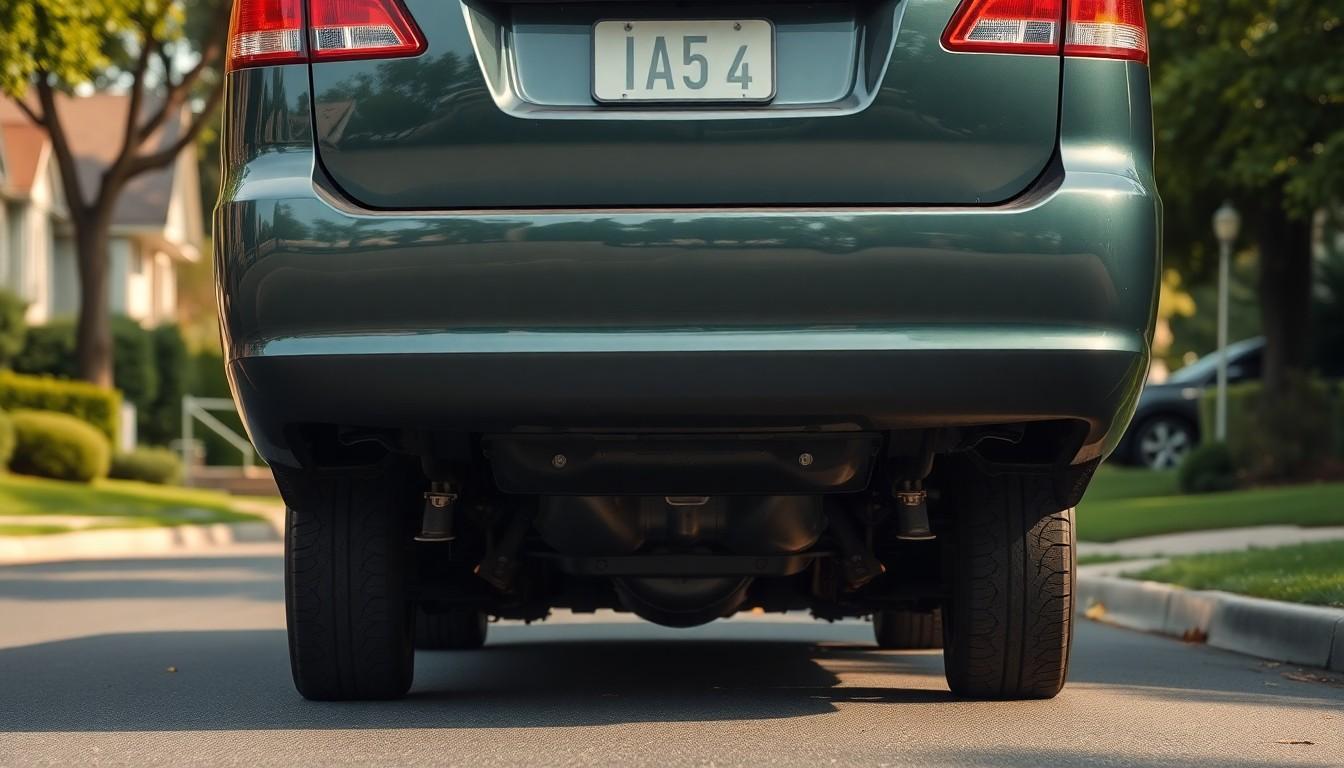
Most passenger vehicles on the road today have a exact number of axles that support their weight and enable movement. The axle count varies slightly depending on the vehicle type, though most follow a standard configuration.
Standard Passenger Cars
Standard passenger cars consistently feature two axles in their design. These include sedans, hatchbacks, coupes, and most conventional vehicle models you’ll encounter on the road. The front axle connects the two front wheels and functions as the steering axle, allowing directional control. Meanwhile, the rear axle joins the two back wheels and can operate as either a drive axle in rear-wheel or all-wheel drive vehicles, or simply as a non-driven axle in front-wheel drive cars. Each axle plays an essential role in supporting the vehicle’s weight and maintaining proper wheel alignment.
SUVs and Crossovers
SUVs and crossovers mirror standard passenger cars with their two-axle configuration, even though their larger size and often more substantial weight. Popular models like the Honda CR-V and Tesla Model Y each use a front and rear axle system to support their four wheels. The front axle manages steering duties while the rear axle provides stability and, depending on the drivetrain, may contribute to power delivery. Some exceptionally large or specialized SUVs designed for heavy-duty applications might occasionally incorporate additional axles, but these represent uncommon exceptions rather than the rule in consumer vehicles.
The Function of Axles in Vehicles
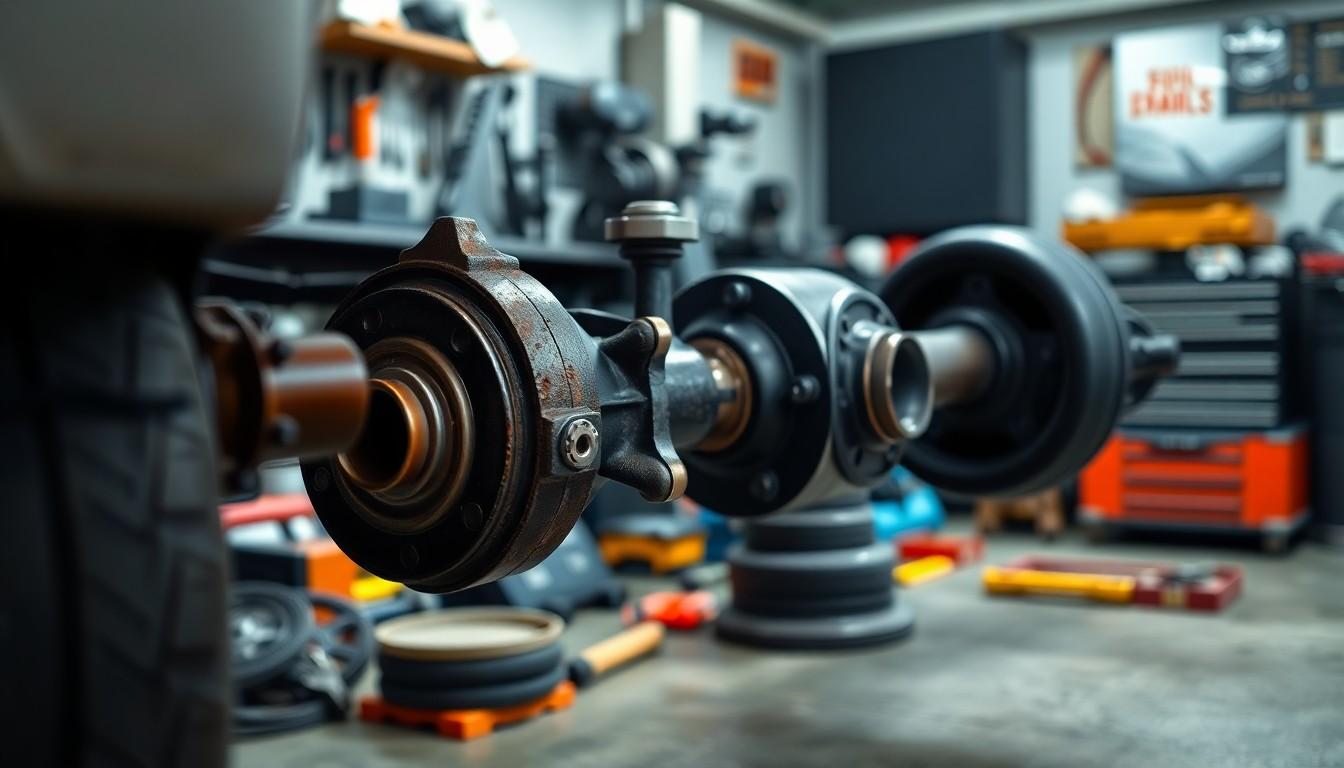
Axles are essential components that perform critical roles in a vehicle’s operation. They connect the wheels, support the vehicle’s weight, and transfer power from the transmission to enable movement.
Front vs. Rear Axles
Front axles serve primarily as steering axles, allowing drivers to control the direction of the vehicle. These components are directly connected to the steering system and handle the task of turning the front wheels, which is crucial for maneuverability on the road. In front-wheel drive vehicles, the front axle takes on the additional role of a drive axle, delivering power to propel the car forward.
Rear axles function as drive axles in rear-wheel drive configurations, where they’re responsible for transferring engine power to move the vehicle. These axles bear much of the vehicle’s weight and provide stability during acceleration and braking. All-wheel drive vehicles use both front and rear axles to distribute power to all four wheels, optimizing traction in various driving conditions.
Live vs. Dead Axles
Live axles transmit power from the engine to the wheels, creating the torque needed for vehicle movement. These components contain a differential that distributes power between the wheels and allows them to rotate at different speeds during turns. Vehicles like trucks and off-roaders (such as the Jeep Wrangler) commonly use live axles because they provide durability and power delivery capabilities needed for challenging terrain.
Dead axles don’t transmit power and function solely as support structures for the vehicle. These axles simply maintain the position of the wheels and help distribute the vehicle’s weight evenly. Trailers typically feature dead axles since their wheels don’t need power from an engine. The simpler construction of dead axles makes them lighter and less expensive to manufacture, though they lack the performance capabilities of their live counterparts.
Different Types of Axle Systems
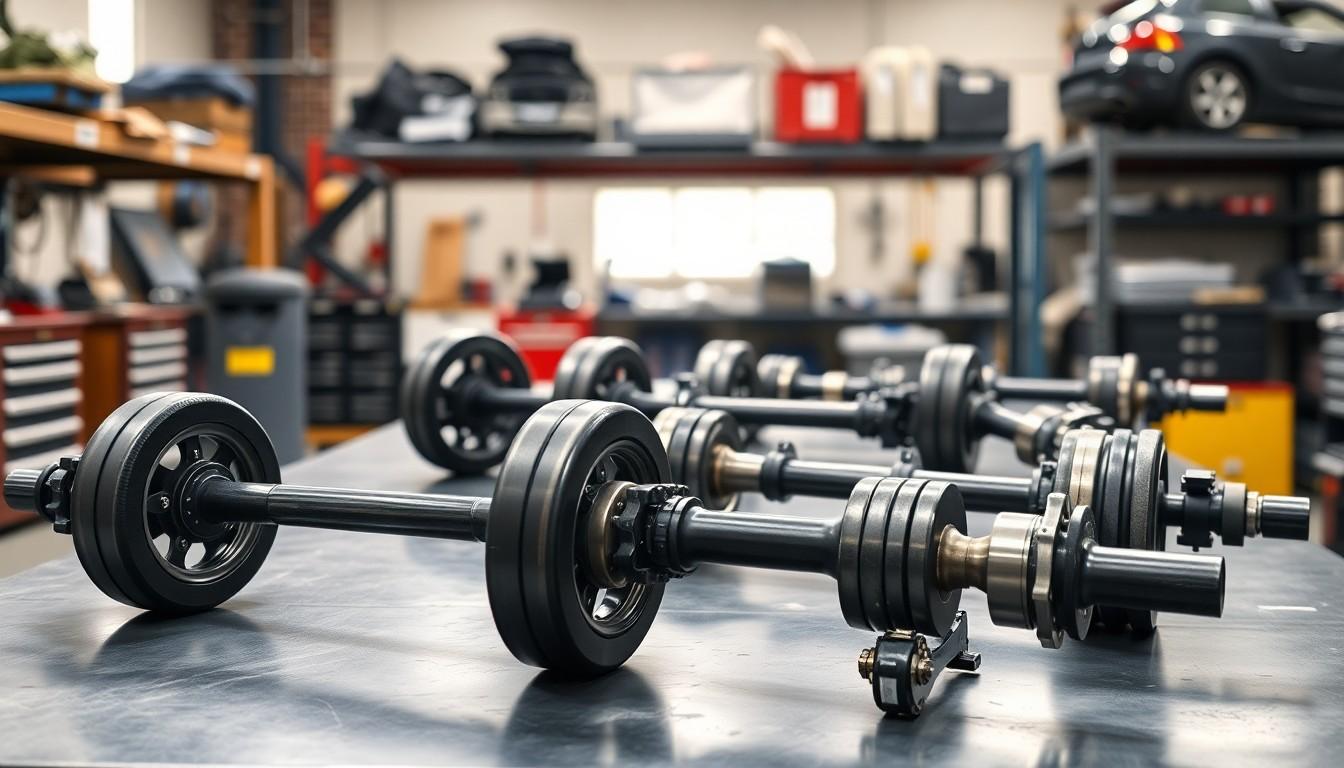
Car axle systems come in several configurations, each designed for exact performance characteristics and vehicle types. These systems determine how power is delivered to the wheels and affect everything from ride comfort to off-road capability.
Solid Axles
Solid axles, often called live axles, connect the wheels on opposite sides of the vehicle with a single rigid shaft. This robust design provides exceptional durability and strength, making it ideal for off-road vehicles and trucks like the Jeep Wrangler. The rigid structure of solid axles distributes weight evenly and maintains consistent wheel alignment even in challenging terrain. Their simplicity also means fewer complex parts that can fail, resulting in lower maintenance costs and easier repairs compared to more sophisticated systems.
Independent Suspension Axles
Independent suspension axles eliminate the physical connection between opposite wheels, allowing each wheel to move vertically without affecting the other. Vehicles like the Porsche 911 use this system to deliver superior handling, ride comfort, and road contact. Instead of a continuous axle shaft, each wheel connects individually to the vehicle frame through a separate suspension system. This design improves traction on uneven surfaces, reduces unsprung weight, and minimizes the transfer of road vibrations to the cabin. Most modern passenger cars employ independent suspension for its performance advantages on paved roads.
Split Axles
While not technically a distinct category, several configurations fall under what might be considered split axle systems. Tandem axles, commonly found in heavy-duty trucks and semi-tractors, position multiple axles in a row to distribute vehicle and cargo weight more effectively. This design increases load capacity and improves stability on various road surfaces. Dually pickups represent another variation, featuring two wheels on each side of the rear axle for enhanced towing capability and load support. Even though having additional wheels, dually trucks still count as having two axles total. These specialized configurations address exact performance needs for vehicles carrying substantial loads or operating in demanding conditions.
How to Identify the Number of Axles on Your Vehicle
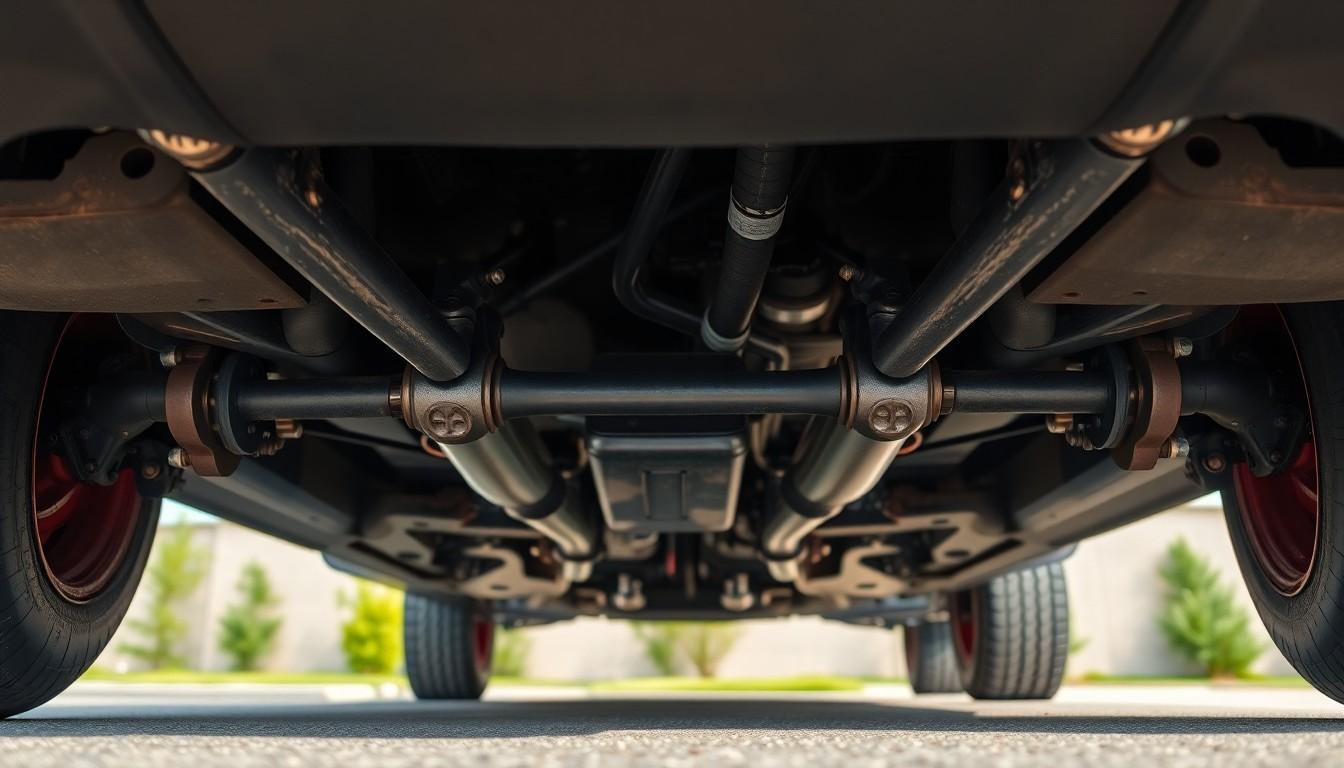
Identifying the number of axles on your vehicle doesn’t require mechanical expertise. We’ve compiled three straightforward methods to help you determine your vehicle’s axle count accurately.
Visual Inspection
A simple visual examination offers the quickest way to count your vehicle’s axles. Most passenger cars display two axles – one connecting the front wheels and another linking the rear wheels. Larger vehicles such as semi-trucks feature additional axles, often arranged in tandem configurations at the rear. Look beneath your vehicle for the horizontal shafts connecting wheels on opposite sides to identify each axle position.
Vehicle Specifications
Your vehicle’s documentation provides definitive information about its axle configuration. The owner’s manual typically includes axle specifications in the technical data section. Manufacturer websites also list comprehensive vehicle specifications including axle count and type. Vehicle registration documents sometimes reference axle information, particularly for commercial vehicles where axle count affects taxation and toll fees.
Types of Axles
Understanding axle types helps confirm your count while providing insight into your vehicle’s design. Live axles directly transmit power to the wheels, making them essential components in the drivetrain system. Dead axles simply support weight without delivering power, commonly found in trailers and some passenger vehicles. Independent suspension systems technically contain axles, though they’re integrated differently than traditional solid axles.
Even vehicles with unusual wheel configurations maintain predictable axle counts. Dually pickups, even though having four wheels at the rear, still only have two axles total – one front and one rear. Commercial vehicles like cement mixers and dump trucks incorporate three or more axles to distribute weight effectively and comply with road regulations.
Why Axle Count Matters for Tolls and Registration
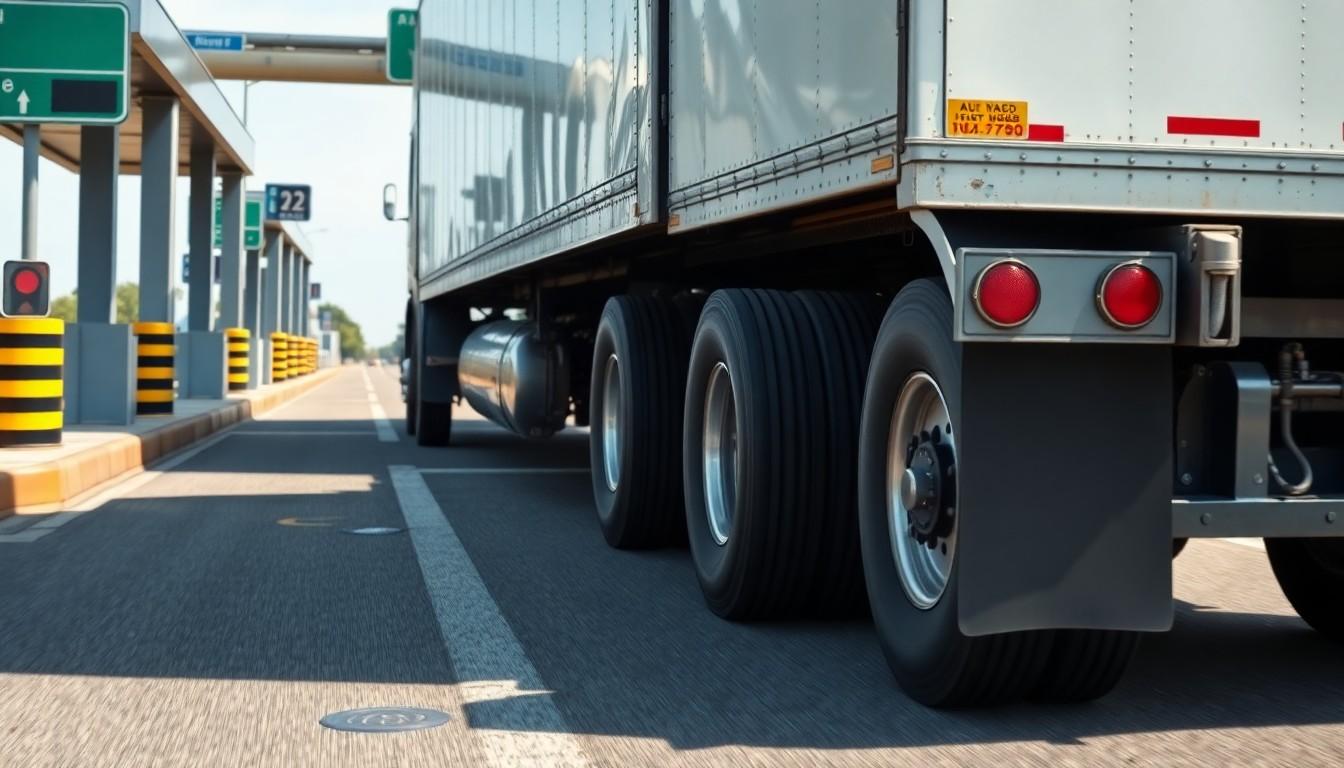
The number of axles on your vehicle directly impacts several practical and financial aspects of vehicle ownership. Vehicle weight distribution relies heavily on axle count, with legal regulations requiring proper distribution to prevent road damage. Transportation authorities use axle configurations to determine appropriate toll charges since vehicles with more axles typically cause greater wear on infrastructure.
Weight Distribution and Legal Compliance
Axle count plays a critical role in how weight gets distributed across a vehicle’s frame. Heavy-duty trucks and semi-trucks incorporate additional axles specifically to spread their substantial loads more evenly. Commercial vehicles must comply with strict weight distribution regulations that vary by state and country. These regulations exist to protect road surfaces and bridge structures from excessive stress that could lead to premature deterioration.
Toll Calculations
Toll systems throughout the country assess fees based primarily on a vehicle’s axle count. Passenger cars with two axles generally pay the lowest toll rates at highway and bridge crossings. Vehicles featuring more axles, such as semi-trucks with three or more axles, face higher toll charges due to their increased impact on roadway infrastructure. These pricing structures reflect the greater maintenance costs associated with supporting heavier vehicles on public roads.
Toll authorities carry out these differential rates to ensure that vehicles contributing more to infrastructure wear contribute proportionally to maintenance funding. Electronic toll collection systems automatically detect axle count using sensors embedded in toll plaza pavement, categorizing vehicles and applying the appropriate fee without requiring manual counting.
Conclusion
Understanding your car’s axle system is more than mechanical knowledge—it’s about safer driving and smarter ownership. Most passenger vehicles operate with two axles while larger commercial vehicles may have more to distribute weight effectively.
Regular axle maintenance prevents unexpected breakdowns and costly repairs. By recognizing the signs of axle issues early you’ll extend your vehicle’s lifespan and maintain optimal performance.
Whether you’re handling toll roads calculating registration fees or simply becoming a more informed car owner knowing your vehicle’s axle configuration empowers better decision-making. We hope this guide has clarified this often overlooked but essential component of your vehicle’s engineering.
Frequently Asked Questions
How many axles does a typical car have?
Most standard passenger vehicles, including sedans, hatchbacks, and coupes, have two axles. The front axle connects the front wheels and handles steering, while the rear axle supports the back wheels. This configuration is common across most consumer cars, SUVs, and crossovers.
What is the difference between live and dead axles?
Live axles transmit power from the engine to the wheels, creating torque for movement. They’re found in drive wheels of vehicles. Dead axles don’t transmit power but support the vehicle’s weight and maintain wheel alignment. Live axles are common in trucks and off-road vehicles, while dead axles are typically found in trailers.
How do I know how many axles my vehicle has?
You can determine your vehicle’s axle count through visual inspection (count the sets of wheels), checking your owner’s manual or manufacturer specifications, or understanding your vehicle type. Most passenger cars have two axles, while larger commercial vehicles may have more depending on their size and weight capacity.
Why do some trucks have more than two axles?
Trucks have additional axles to better distribute weight across the vehicle, especially when carrying heavy loads. This improves stability, prevents road damage, and helps comply with weight regulations. Extra axles also enhance braking performance and reduce wear on individual components, extending the vehicle’s operational life.
What are the signs of axle problems?
Warning signs of axle issues include unusual vibrations while driving, clicking or clunking noises during turns, grease leaking near the wheels, and the vehicle pulling to one side. You might also notice uneven tire wear or the car sitting unevenly. If you experience these symptoms, have your vehicle inspected by a professional immediately.
Do SUVs have more axles than cars?
Most SUVs and crossovers have the standard two-axle configuration just like passenger cars. While some larger or specialized SUVs may occasionally have additional axles for specific purposes, this is uncommon in consumer vehicles. The axle count is determined by the vehicle’s design needs rather than its classification.
How do axles affect toll charges?
Toll systems charge vehicles based on axle count because more axles typically indicate larger, heavier vehicles that cause more wear on roads. Vehicles with additional axles pay higher tolls to compensate for their greater infrastructure impact. Electronic toll systems automatically detect axle count to determine the appropriate fee.
What’s the difference between solid and independent axles?
Solid axles connect wheels on opposite sides with a single rigid shaft, offering durability and strength ideal for off-road vehicles. Independent suspension axles allow each wheel to move vertically without affecting the other, providing better handling and comfort in passenger cars. The choice depends on the vehicle’s intended use.

